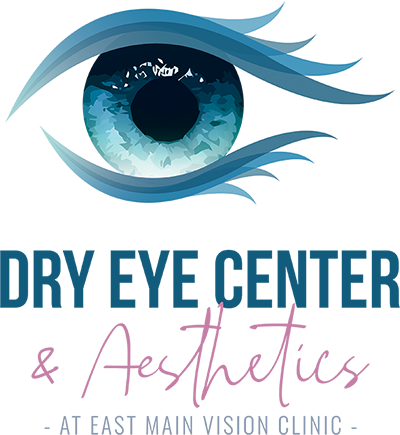November 30, 2023

The health of our eyes is something we often take for granted, until we start experiencing problems. While minor eye discomfort can be a nuisance, severe or chronic conditions can significantly impact our quality of life. Among such conditions are dry eyes and droopy eyelids.
What are Dry Eyes and What Causes Them?
Dry eyes can be a chronic and often progressive condition. It's primarily caused by an imbalance in the tear system of the eye. Tears, a complex mixture of water, fatty oils, and mucus, help to keep the surface of our eyes clear and smooth, and to protect them from infection. However, various factors can disrupt this delicate balance, leading to dry eyes.
Several factors can contribute to dry eyes. Age is a primary factor, as tear production generally decreases as we get older. Gender also plays a role, with women being more likely to develop dry eyes due to hormonal changes during pregnancy, use of oral contraceptives, and menopause. Other causes can include certain medical conditions, medications, environmental conditions, long-term use of contact lenses, and refractive eye surgeries.
Can Dry Eyes Cause Droopy Eyelids?
Can dry eyes cause droopy eyelids? The answer is not straightforward. In most instances, dry eyes do not directly cause droopy eyelids. However, the two conditions can coexist and even exacerbate each other in some cases.
Dry eyes can lead to discomfort, itching, and a sensation of having something in your eyes. This can cause you to rub your eyes frequently, which over time can weaken the muscles and tissues around your eyes, potentially contributing to the development of droopy eyelids. Additionally, if you have dry eyes, you might blink less often, which can strain the muscles that lift your eyelids, leading to their potential drooping over time.
Research on the Relationship Between Dry Eyes and Droopy Eyelids
While the consensus is that dry eyes do not directly cause droopy eyelids, there is evidence to suggest that individuals with dry eyes may have a higher prevalence of droopy eyelids.
A study published in the American Journal of Ophthalmology in 2011 found that patients with dry eyes had a higher incidence of eyelid laxity, which can lead to droopy eyelids, compared to those without dry eyes. The researchers proposed that the inflammation associated with dry eyes could affect the tissues of the eyelids, leading to their laxity and eventual drooping.
Another study in the British Journal of Ophthalmology in 2015 found a significant association between dry eyes and blepharoptosis (droopy eyelids). The authors suggested that the chronic inflammation in dry eyes could affect the levator muscle, leading to its weakening and the subsequent drooping of the eyelid.
Understanding the Warning Signs
While occasional dry eyes can be simply a nuisance, chronic or severe dry eyes need medical attention. You should consult a doctor if you have persistent symptoms such as redness, burning, a gritty feeling, blurred vision, or light sensitivity. Similarly, a droopy eyelid also calls for a doctor’s attention, particularly if the drooping impairs your vision or occurs suddenly, which can indicate a more serious underlying condition.
Early diagnosis and treatment can prevent potential complications and improve your quality of life.
Caring for Your Eyes for Overall Health
While dry eyes do not directly cause droopy eyelids, the two conditions can coexist and potentially influence each other. It’s important to be aware of this connection, irrespective of whether you experience one or both conditions. Regular eye check-ups can help detect and manage these conditions early, and maintaining a healthy lifestyle can also contribute to overall eye health.
If you are experiencing dry eye, droopy eyelids, or any other eye-related issues, visit East Main Vision Clinic at our office in Puyallup, Washington. Our dedicated team will work with you to alleviate the problem. Call (253) 780-0700 to schedule an appointment today.



